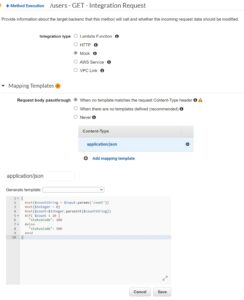Evaluating the effectiveness of your program is crucial for its success and sustainability. A logic model program evaluation template provides a structured framework to guide your evaluation process. It helps you identify the key components of your program, their relationships, and how they contribute to achieving desired outcomes.
The logic model approach focuses on understanding the causal links between your program’s activities, outputs, and outcomes. By mapping out these connections, you can evaluate whether your program is achieving its intended goals and identify areas for improvement.
Components of a Logic Model Program Evaluation Template
A comprehensive logic model program evaluation template typically includes the following components:
- Inputs: The resources and conditions that are necessary to implement your program, such as funding, staff, and materials.
- Activities: The specific actions and interventions that you will implement to achieve your program’s goals.
- Outputs: The immediate results of your program activities, such as the number of people served or the products produced.
- Short-Term Outcomes: The intended changes in participants’ knowledge, skills, behaviors, or conditions that occur soon after your program activities.
- Intermediate Outcomes: The cumulative effects of your program over time, such as increased access to services or improved quality of life.
- Long-Term Outcomes: The ultimate impact of your program on the community or population you serve, such as reduced crime rates or improved health outcomes.
- Assumptions: The underlying beliefs or hypotheses that you have about the relationships between your program components and outcomes. It’s important to identify and test these assumptions during your evaluation.
These components are connected through a series of arrows that illustrate the flow of resources, activities, and outcomes. The logic model should be specific, measurable, achievable, relevant, and time-bound (SMART). This ensures that your evaluation is focused and can provide meaningful insights into your program’s effectiveness.
Benefits of Using a Logic Model Program Evaluation Template
Using a logic model program evaluation template offers several benefits, including:
- Improved Planning: The logic model helps you clearly define your program goals and objectives, ensuring that your activities and resources are aligned with desired outcomes.
- Enhanced Communication: Sharing the logic model with stakeholders fosters a common understanding of your program and its expected impact, facilitating collaboration and buy-in.
- Objective Evaluation: The logic model provides a framework for objective evaluation, allowing you to measure progress and identify areas for improvement based on evidence.
- Increased Accountability: By clearly outlining the relationships between inputs, activities, and outcomes, the logic model supports accountability for achieving program goals.
- Continuous Improvement: The logic model facilitates ongoing monitoring and evaluation, allowing you to adapt your program as needed to maximize its effectiveness.
In conclusion, the logic model program evaluation template is an essential tool for effectively evaluating the impact of your program. By using this structured framework, you can ensure that your evaluation is comprehensive, objective, and provides actionable insights to inform decision-making and drive continuous improvement.
